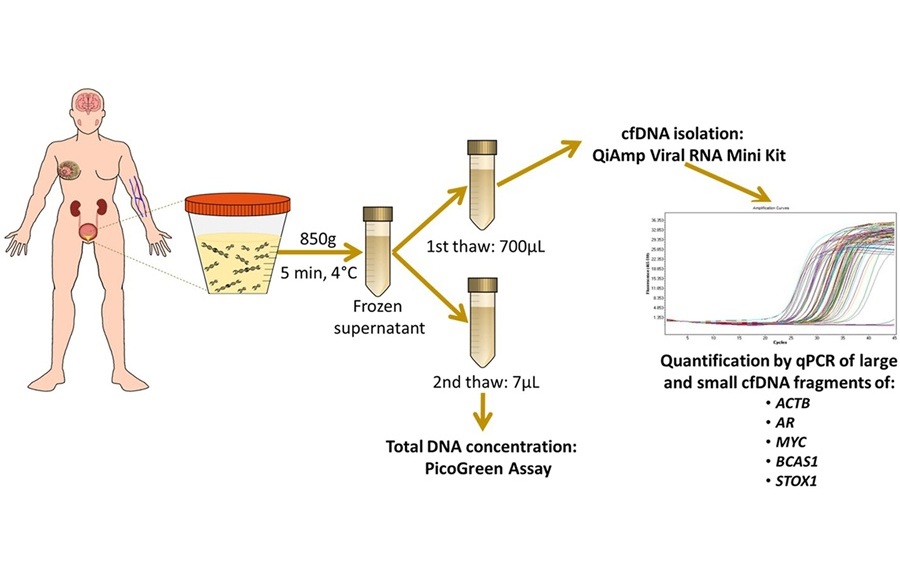New Method for Three-Dimensional Analysis of Cancer Cells Shows Diagnostic Potential
By LabMedica International staff writers
Posted on 21 Feb 2022
A new biopsy method has been developed that can simultaneously profile multiple tumor microenvironment biomarkers and may potentially be used for cancer diagnosis and prognosis.Posted on 21 Feb 2022
The new method is called Multi Omic Single-scan Assay with Integrated Combinatorial Analysis (MOSAICA). MOSAICA integrates in situ labeling of mRNA and protein markers in cells or tissues with combinatorial fluorescence spectral and lifetime encoded probes, spectral and time-resolved fluorescence imaging, and machine learning-based decoding.

Image: Schematic of the MOSAICA approach for labeling and analysis of spectral and time-resolved components (Photo courtesy of Nature Communications)
Fluorescence-lifetime imaging microscopy or FLIM is an imaging technique based on the differences in the exponential decay rate of the photon emission of a fluorophore from a sample. The fluorescence lifetime (FLT) of the fluorophore, rather than its intensity, is used to create the image in FLIM. Fluorescence lifetime depends on the local micro-environment of the fluorophore, thus precluding any erroneous measurements in fluorescence intensity due to change in brightness of the light source, background light intensity, or limited photo-bleaching. This technique also has the advantage of minimizing the effect of photon scattering in thick layers of sample. Being dependent on the micro-environment, lifetime measurements have been used as an indicator for pH, viscosity, and chemical species concentration.
Investigators at the University of California, Irvine (USA) recently described the development of MOSAICA, including an automated probe design algorithm, probe hybridization optimization and validation, combinatorial spectral and lifetime labeling, and analysis for target encoding and decoding. Particularly, they developed an automated machine learning-powered spectral and lifetime phasor segmentation software to spatially reveal and visualize the presence, identity, expression level, location, distribution, and heterogeneity of each target mRNA in the three-dimensional context.
The investigators used MOSAICA to analyze a 10-plex gene expression panel in colorectal SW480 cells based on combinatorial spectral and lifetime barcoding of only five generic commercial fluorophores and to demonstrate simultaneous co-detection of protein and mRNA in the cancer cells. They further demonstrated MOSAICA’s utility in improved multiplexing, error-detection, and autofluorescence removal in highly scattering and autofluorescent clinical melanoma Formalin-Fixed Paraffin-Embedded (FFPE) tissues, demonstrating its potential use in tissue for cancer diagnosis and prognosis.
"Spatial biology is a new science frontier and mapping out each cell and its function in the body at both the molecular and tissue level is fundamental to understanding disease and developing precision diagnostics and therapeutics," said senior author Dr. Weian Zhao, professor of pharmaceutical sciences at the University of California, Irvine. "Many cancer immunotherapeutics, including immune checkpoint inhibitors, do not work and scientists realized that was because of the spatial organization of all the tumor tissue cell types, which dictates drug efficacy. The MOSAICA can characterize the spatial cellular compositions and interactions in the tumor immune microenvironment in biopsies to inform personalized diagnosis and treatment."
Development of the MOSAICA protocol was described in the January 10, 2022, online edition of the journal Nature Communications.
Related Links:
University of California, Irvine














